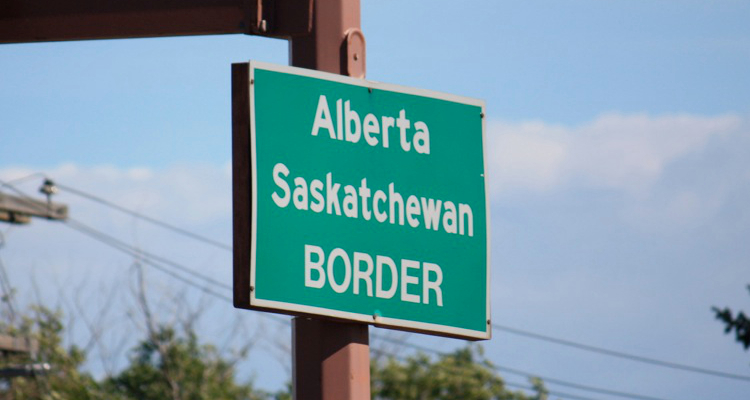After receiving conditional approval from the Saskatchewan Liquor And Gaming Authority in April, the plan to build a casino in the Canadian city of Lloydminster has now taken a further step forward.
At a special legislative assembly session held yesterday, the Federation Of Sovereign Indigenous Nations voted to permit its Saskatchewan Indian Gaming Authority operator to expand into the border city for the purposes of running the as yet unnamed gambling establishment.
According to a report from the Globalnews.ca news domain, over 30 chiefs from the Federation Of Sovereign Indigenous Nations cast their ballot in favour of a new gaming agreement for the Saskatchewan Indian Gaming Authority, which already offers employment to more than 1,870 people via six casinos in the western province including the Northern Lights Casino in Prince Albert and Whitecap’s Dakota Dunes Casino.
“It lets us take our expertise to a new market and into Alberta with Lloydminster being a border city,” Zane Hansen, President and Chief Executive Officer for the Saskatchewan Indian Gaming Authority, told Globalnews.ca. “It lets us better serve our mandate; to really develop the gaming industry.”
The Saskatchewan Indian Gaming Authority wants to build a 31,000 sq ft facility for the area’s 27,800 people featuring approximately 250 slots alongside six to eight gaming tables. The operator estimated that 60% of customers for the new $15.5 million casino, which may additionally offer a 120-room hotel as well as a restaurant and a convenience store, could come from Alberta with the project creating up to 140 jobs.
“The Saskatchewan Indian Gaming Authority has done its market studies,” Bobby Cameron, President for the Federation Of Sovereign Indigenous Nations, told Globalnews.ca. “Its technicians and staff have done a tremendous job in doing the research. More jobs [and] more revenues and that’s a good thing for First Nations people.”
The Saskatchewan Indian Gaming Authority declared that the planned Lloydminster casino, which would be the ninth such facility in Saskatchewan, could serve up to 1,500 visitors a day and explained that the project could open by the end of 2017.
“We’re normally in that 16-month range once we really get things moving,” said Hansen. “It’s time now to get to work on the details.”



